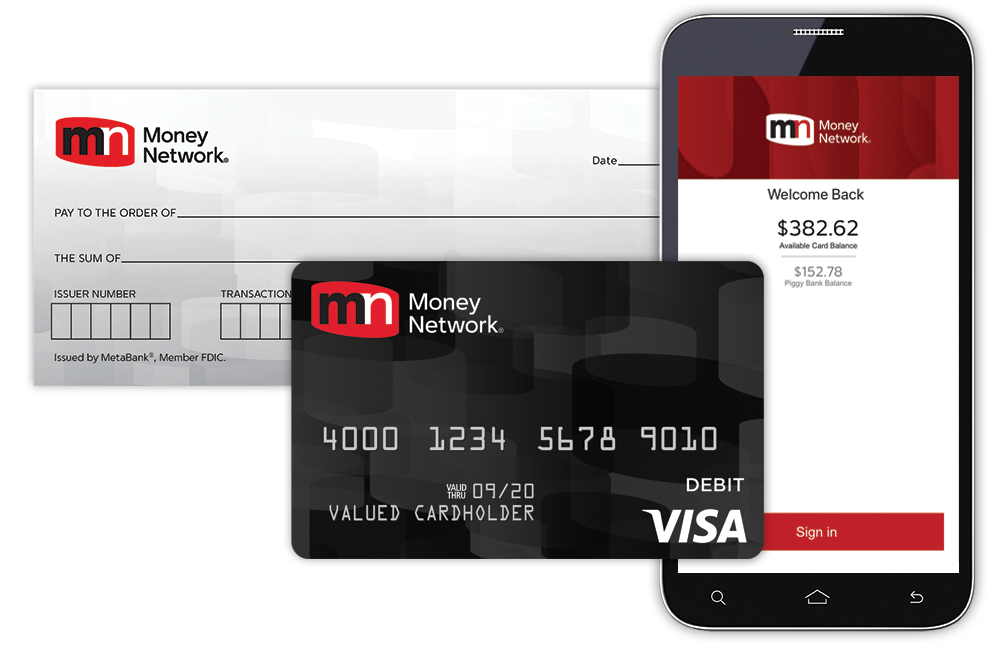
In the ever-evolving landscape of finance and technology, money networks play a pivotal role in shaping the way we transact, invest, and manage our finances. The term “money network” encompasses a broad spectrum of systems, technologies, and platforms that facilitate the flow of money across individuals, businesses, and financial institutions. From traditional banking systems to the emergence of decentralized cryptocurrencies, the journey of money networks reflects the dynamic nature of the financial world.
I. Traditional Money Networks:
- Banking Systems: Traditional banking systems have long been the backbone of money networks. They provide services like savings accounts, loans, and payment processing. Despite being the foundation, these systems have faced challenges such as slow transaction speeds, high fees, and geographical limitations.
- Payment Networks: Over the years, payment networks like Visa, MasterCard, and others have played a crucial role in enabling seamless transactions globally. However, they too have faced scrutiny for issues related to security, centralized control, and dependency on intermediaries.
II. The Digital Revolution:
- Online Banking: The advent of the internet led to the rise of online banking, providing customers with the convenience of managing their finances from the comfort of their homes. This marked a significant shift towards a more digitalized money network.
- Mobile Payment Systems: Mobile payment systems, driven by the ubiquity of smartphones, revolutionized how people make transactions. Services like PayPal, Apple Pay, and Google Pay brought about greater accessibility, but also raised concerns about privacy and data security.
III. Cryptocurrencies and Blockchain:
- Introduction of Bitcoin: The emergence of Bitcoin in 2009 introduced the world to the concept of decentralized, peer-to-peer digital currency. Operated on a blockchain, a distributed ledger technology, Bitcoin aimed to address some of the shortcomings of traditional money networks, such as centralization and lack of transparency.
- Expansion of Cryptocurrencies: Following Bitcoin, a plethora of alternative cryptocurrencies (altcoins) entered the scene, each with its unique features and use cases. Ethereum, for example, introduced smart contracts, enabling programmable and self-executing agreements without intermediaries.
- Decentralized Finance (DeFi): The rise of DeFi marked a paradigm shift in the financial industry. DeFi platforms leverage blockchain technology to offer financial services such as lending, borrowing, and trading without traditional intermediaries. This has the potential to democratize finance, but also raises concerns about security and regulatory compliance.
IV. Challenges and Opportunities:
- Regulatory Hurdles: The decentralized nature of some money networks, particularly in the cryptocurrency space, has raised challenges for regulators. Striking a balance between innovation and protecting consumers has been a continuous struggle.
- Security Concerns: As money networks become more digital and decentralized, the risk of cyber threats and hacking incidents has grown. Ensuring the security of financial transactions and personal information remains a top priority.
- Financial Inclusion: While digital money networks have improved accessibility for many, there are still significant populations globally without access to basic financial services. Bridging this gap and promoting financial inclusion is a key challenge.
- Technological Advancements: Continued technological advancements, such as artificial intelligence and quantum computing, pose both challenges and opportunities for money networks. While they can enhance security measures, they also present new vulnerabilities that need to be addressed.
V. Future Trends and Innovations:
- Central Bank Digital Currencies (CBDCs): Several central banks worldwide are exploring or piloting CBDCs, which are digital versions of national currencies. CBDCs aim to combine the benefits of digital currencies with the stability and regulatory oversight of traditional fiat currencies.
- Integration of AI and Blockchain: The convergence of artificial intelligence and blockchain technology is expected to bring about innovative solutions in the financial industry. From fraud detection to smart contract automation, this integration holds immense potential.
- Sustainability and Green Finance: With increasing awareness of environmental concerns, there is a growing emphasis on making money networks more sustainable. Blockchain projects are exploring eco-friendly consensus mechanisms, and there is a rising interest in green finance initiatives.
- Cross-Border Payments and Remittances: Money networks are evolving to address the challenges of cross-border transactions. Blockchain technology, with its ability to facilitate faster and more cost-effective transfers, is gaining traction in the realm of international payments and remittances.
Conclusion:
The evolution of money networks reflects the continuous interplay between technological innovation, regulatory frameworks, and societal needs. From traditional banking systems to the decentralized landscape of cryptocurrencies, the financial world is undergoing a transformative journey. As we navigate this ever-changing terrain, the key lies in finding a balance between innovation and stability, ensuring that money networks not only meet the demands of the present but also pave the way for a more inclusive and technologically advanced financial future.